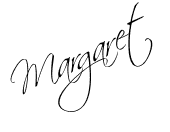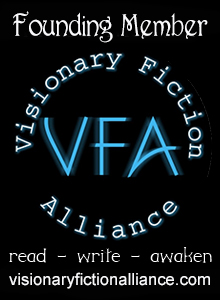Previously posted by Margaret Duarte at VFA under title: Relevance of Visionary Fiction.
Before I explain what Visionary Fiction is, let me position it on a chart that shows the basic types of literature and genres.
As you can see, rather than being a genre of its own, Visionary Fiction is a subgenre of Speculative Fiction, which makes it hard to categorize, and, although VF has been around for a long time – think shaman stories of ancient times – most agents, publishers and big book buyers don’t recognize it as a genre or subgenre.
That said, Science Fiction, Fantasy, Horror, and Christian/Spiritual Fiction are also subgenres of Speculative Fiction, which doesn’t make them any less popular with agents, publishers, booksellers, and fans.
So what, exactly, is Visionary Fiction?
In its simplest terms, VF is what John Algeo calls “a modern and sophisticated version of the fairy tale.” And, according to W. Bradford Swift, what separates VF from other speculative fiction is intention. Besides telling a good story, VF enlightens and encourages readers to expand their awareness of greater possibilities. It helps them see the world in a new light and recognize dimensions of reality they commonly ignore.
CLICK HERE for a more in-depth definition of visionary fiction. Or visit the wonderful Wikipedia article written by fellow founding member of Visionary Fiction Alliance, Victor E. Smith.
In a world riddled with fear, misunderstanding, and lost hope, I believe there are people prepared to transcend the boundaries of their five senses and to open to new thoughts and ideas. In other words, I believe the audience is ready for fiction that heals, empowers, and bridges differences.
That’s why I write Visionary Fiction, and that’s why I joined the talented visionary writers at Visionary Fiction Alliance to promote a genre whose time has come.
As always, thanks for stopping by,



Welcome to the Visionary Fiction fold, Mike.